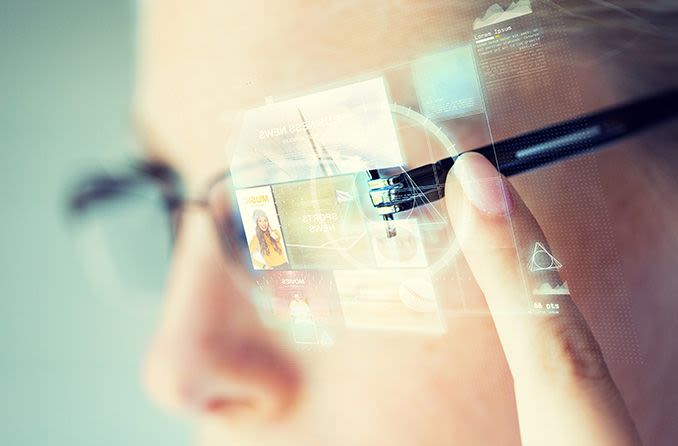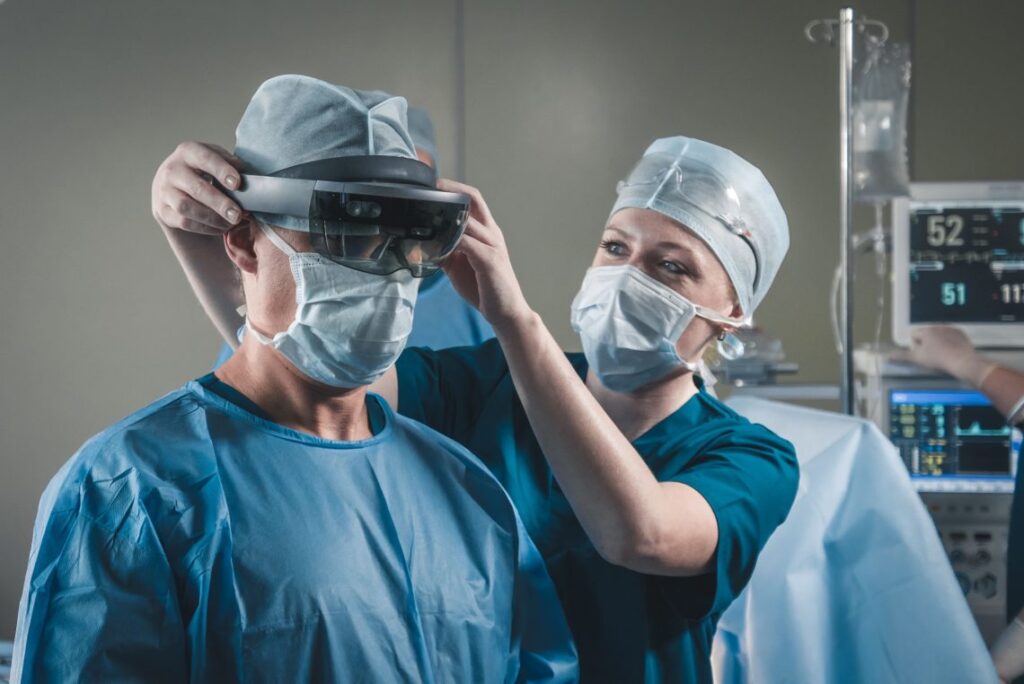Are Wearable Tech Glasses Making a Comeback?

Google started teasing consumers with their new project, Google X, in 2010. In 2013, the company came up with a new wearable, Google Glass, which became the first smart eyeglasses in the world. Google Glass boasts a variety of features such as facial recognition, photo manipulation, and access to Gmail, translation services, and Google Maps. But with its ability to record video, advocates of privacy were immediately alarmed.
Two years after its commercial release, Google Glass was discontinued, because it was not stylish and because the price was prohibitive. Its selling price was $1,500 while it was still in the prototype stage.
After seven years, wearable bands, fashioned like watches became the norm. These gadgets are usually used for health and fitness monitoring. Some of them function as extensions of their communication tools, for improved productivity and accessibility.
Come back of smart wearable glasses?
Augmented reality apps are becoming more popular these days, and it seems that smart wearable glasses are ready to make a comeback. Many talks and activities that support the comeback, with Microsoft doing extensive work on their HoloLens platform, a mixed reality technology for business applications. Several other companies are coming up with their version of smart glasses for different functions, such as Snapchat’s Spectacles, North’s Focals and Focals 2.0, and Echo Frames from Amazon.
There are also rumors of more developers of smart glasses. Apple is said to be coming out with their version that should be coming out in 2022. Niantic and Qualcomm are joining forces to develop smart glasses or at least a tech framework for it. Facebook and Luxottica (Ray-Ban’s parent company) are partners in developing their version of smart glasses. Other companies developing smart glasses include Vuzix, Seiko Epson Corp., Optinvent, and Kopin Corp.

Different applications of wearable glasses
The market for wearables, which include glasses, is worth around $25 billion in 2019. The adoption may be slow, but wearables seem to have found their niche in enterprise and industrial applications, infotainment, healthcare, fitness and wellness, and defense.
Healthcare is one area where smart glasses may prove to be very useful. With the current pandemic and the need of healthcare workers to wear personal protective equipment or PPE to protects themselves while treating patients afflicted with coronavirus, smart glasses may well be a part of PPE. They provide several advantages:
- Protect the users’ eyes, and the integral features can enhance safety functions.
- Inform the wearers how to execute their jobs.
- Avoid risks and errors.
Advanced PPEs are now equipped with sensors, microphones, cameras, and other intelligent features to support frontline workers. Aside from transforming the traditional PPE into digitally enhanced protective gear, it can be further enhanced to become a multifunctional device.
Smart PPE glasses can support hands-free work, taking care of paper-based workflows and other manual processes. With Wi-Fi and a faster broadband connection, the wearer can communicate and interact with a person who is not present. Using the device’s camera and optical zoom, a consultant or an expert can see clearly what the wearer is seeing. The process is similar to video conferencing.
With remote assistance technology, the consultants’ physical presence is not required. Using smart PPE glasses, doctors and surgeons can perform their jobs while following health protocols such as limited travel and social distancing.
Smart glasses are useful in the agricultural, industrial and manufacturing sectors as well. Special programs can help the wearer see systematic instructions on the smart glasses’ display. The user is protected, able to focus on what needs to be done, and use both hands to execute the job.
They can reduce the length of time it takes from trainees to learn. They receive the instructions and lessons through the display, perform tasks hands-on, and gather statistical data and user experience that can be used later. Smart safety glasses protect the users while giving them an enhanced user experience while learning.
It’s been ten years since Google started developing Google Glass. The company may have abandoned the project, but the advances in the technology to create smart glasses continue. With the new developments, many businesses are now enjoying the tremendous potential applications of smart tech glasses.